06/09, Arts Culture Tourism from Tokyo
MOMAT (Tokyo National Museum of Modern Art) to MOT (Museum of Contemporary Art, Tokyo)
Welcome to NOTEBOOK, a cultural guide to art, design and architecture, along with a resource of local news and information in English giving a realistic view of Tokyo and further afield.
06/09 – More heavy rain is expected in Mie, with sandbags ready amid further threat of flooding. In Tokyo, a Japanese court has ruled that not recognizing same-sex marriage is “unconstitutional”. Meanwhile, Japan’s parliament is set to pass a bill this month aimed at promoting a better understanding of the LGBT community. And finally, the number of new COVID-19 cases has risen just one month after the country downgraded the status and severity of the coronavirus in May.
As the weather in Tokyo remains wet and humid, we take a trip from one museum to another, from MOMAT, Tokyo's National Museum of Modern Art in Chiyoda ward near the Imperial Palace, to the MOT Museum of Contemporary Art Tokyo and Kiyosumi Shirakawa in Tokyo's Koto ward.
As the weather in Tokyo remains wet and humid, we tack a trip from one museum to another, from MOMAT to the MOT in Kiyosumi Shirakawa.
MOMAT is currently between big exhibitions — “Gaudi and the Sagrada Familia” opens 6/13 — but there is a small show as part of the museum’s Collection exhibition marking the 100th anniversary of the legendary photographer Ōtsuji Kiyoji, born the same year as the Great Kanto Earthquake in 1923.
Ōtsuji passed away in 2001 and both photographer and earthquake played a part in shaping contemporary Japanese art. His photography and design studio Graphic Group was hugely influential in the way it would document the everyday world, while his involvement in the first postwar avant-garde art collective Jikken Kobo, known as Experimental Workshop is central to the collection and key to understanding how postwar reconstruction and post earthquake recovery energized a generation.
The group photo above was taken during a visit to Saito Yoshishige, a painter who lived in Urayasu. Saito is seated in the center, flanked from left to right by: Ōtsuji, Yamaguchi Katsuhiro, Hamada Hamao, Takiguchi Shuzo, Kitadai Shozo, and Fukushima Hideko. Ōtsuji, Yamaguchi, Kitadai, and Fukushima were members of Jikken Kobo, while Ōtsuji, Hamada, and Kitadai were members of Graphic Group. In his youth, Ōtsuji aspired to become a photographer after encountering Takiguchi's writing in photography magazines and the avant-garde photography from overseas that he introduced. Saito had been exhibiting cutting-edge works since before World War II, and was an artistic mentor to Ōtsuji, the two having met soon after the war and lived together for a time. 1


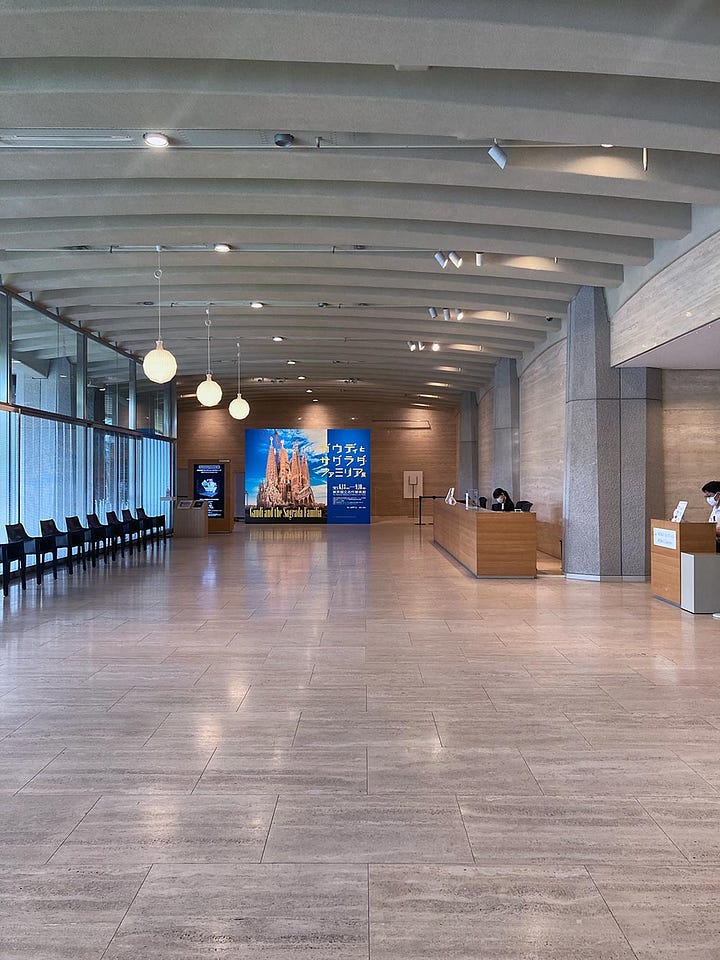
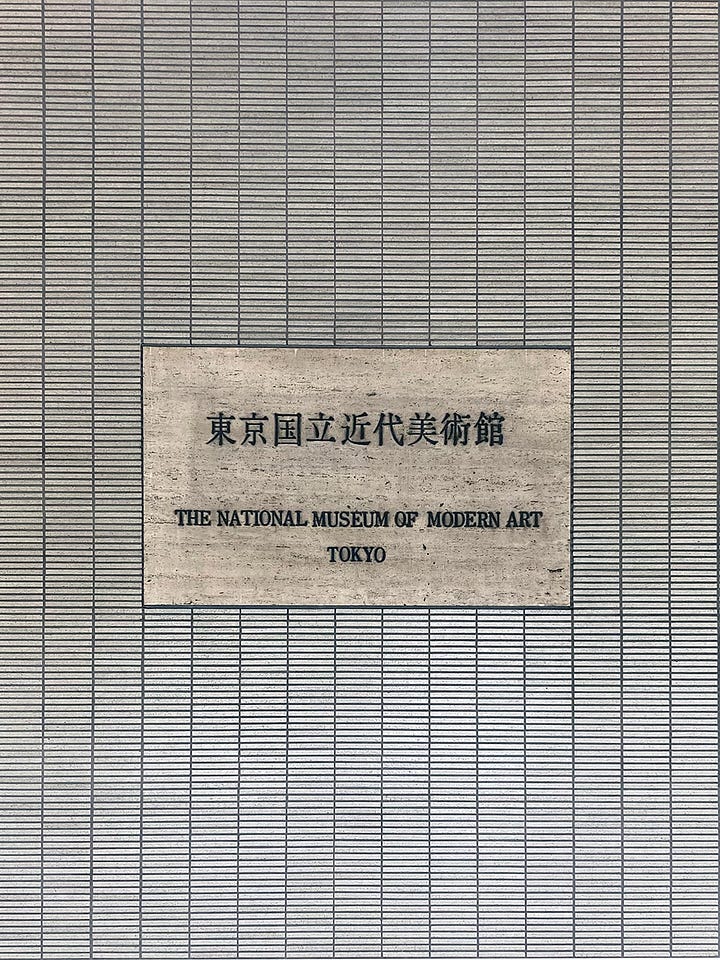
Coincindetally, NOTEBOOK introduced MOMAT back in November last year (11/04) as it celebrated its 50th year by hosting a retrospective exhibition of Japanese artist Shinro Ohtake.
Across town, the MOT is hosting “Waiting for the Wind” an exhibition by Lieko Shiga and Kota Takeuchi, winners of the latest Tokyo Contemporary Art Award for their own documentation of life after the earthquake and tsunami of 2011 which remains an ongoing torment.
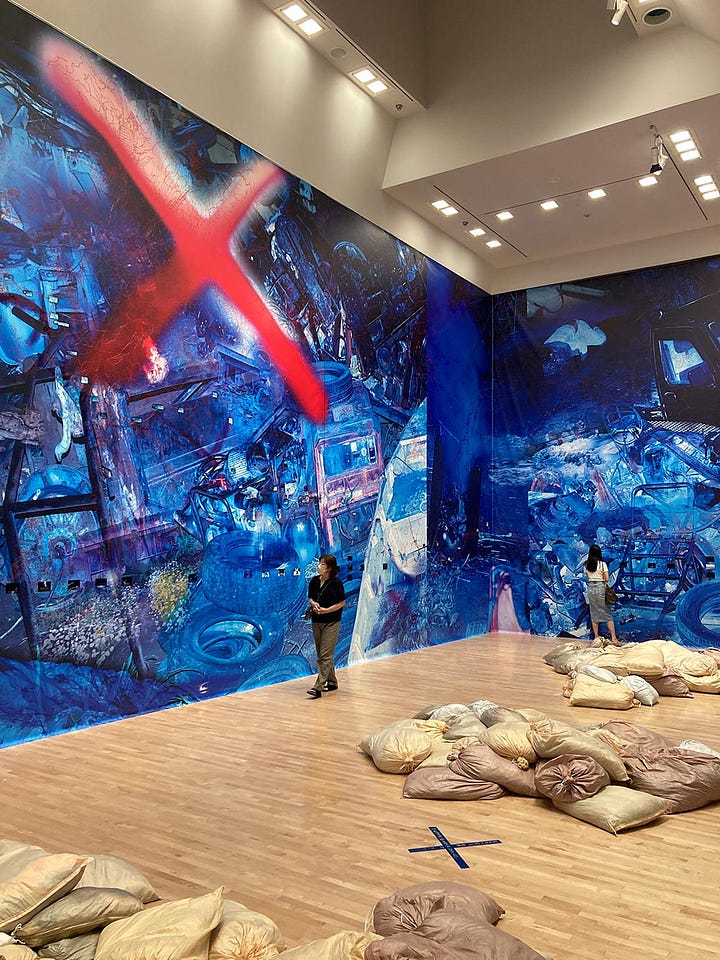
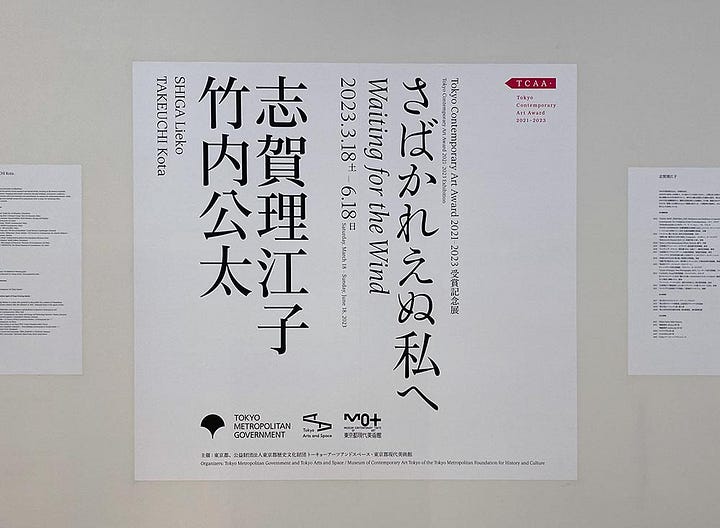
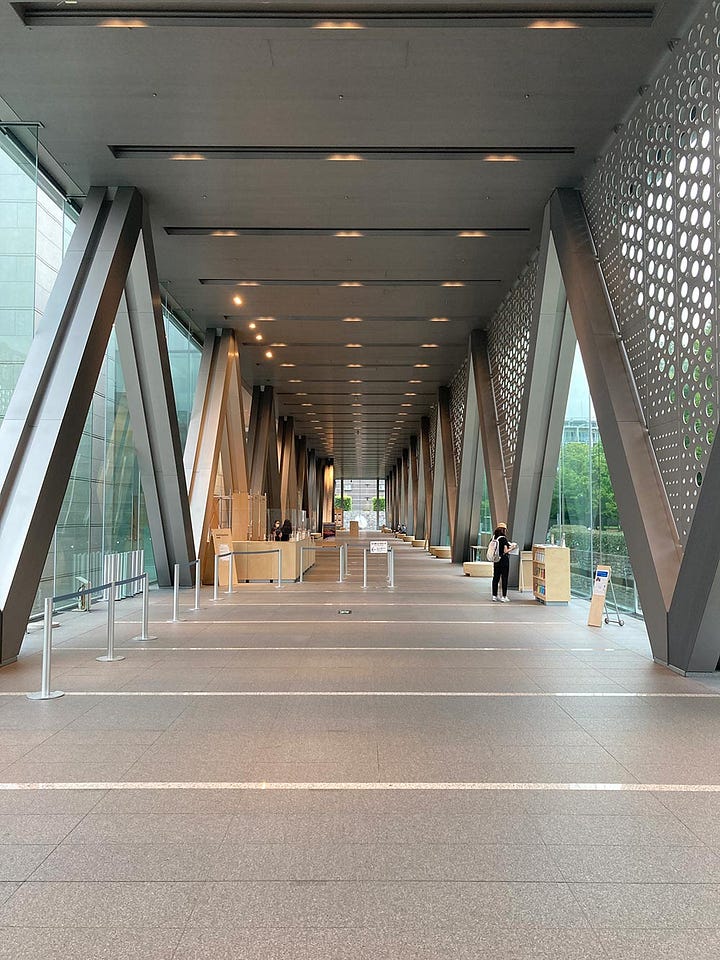

Further up the street is home to galleries like Satoko-Oe Contemporary, Mujin-to Production, and the Tokyo Arts and Space Residency. We end our trip across town by dropping in on Hagiwara Projects to see their current group show “Fungal Fugue” featuring Kaito Itsuki, Nana Matsumoto & Emi Mizukami which runs until June 24th.
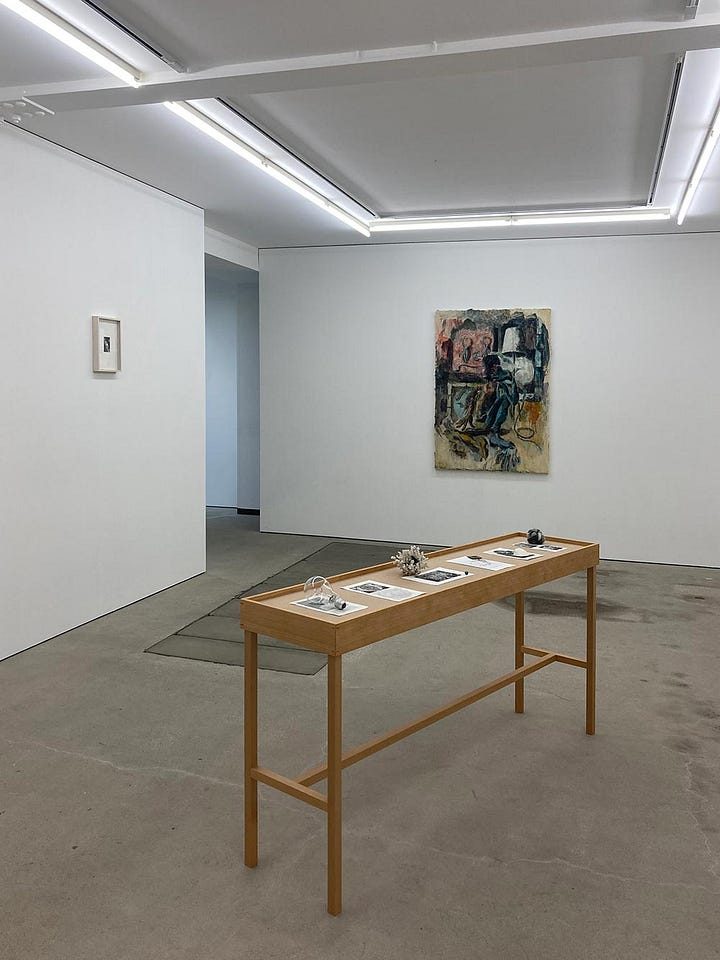



NOTEBOOK episodes are published 3 times a week: Monday, Wednesday, and Friday. We will add things here we couldn’t fit into each episode and use this space as somewhere to answer your questions when your here or thinking of visiting Japan.
It wont necessarily be chronological: we’ll dive back into previous episodes and expand on things that wouldn’t fit — you can only record so much.
We have recently been adding field recordings from different parts of the city, and different parts of the country, while interviews give us a chance to talk with other people on the places they might recommend (or not, for that matter).
And if you have an recommendations or requests, send an email (notebook.podcast@gmail.com) or voice message (speakpipe.com/notebook). Better still, Subscribe and add a comment below. Thanks for listening, thanks for reading, and feel free to use this as your NOTEBOOK.
Taken from photograph caption information at MOMAT.






